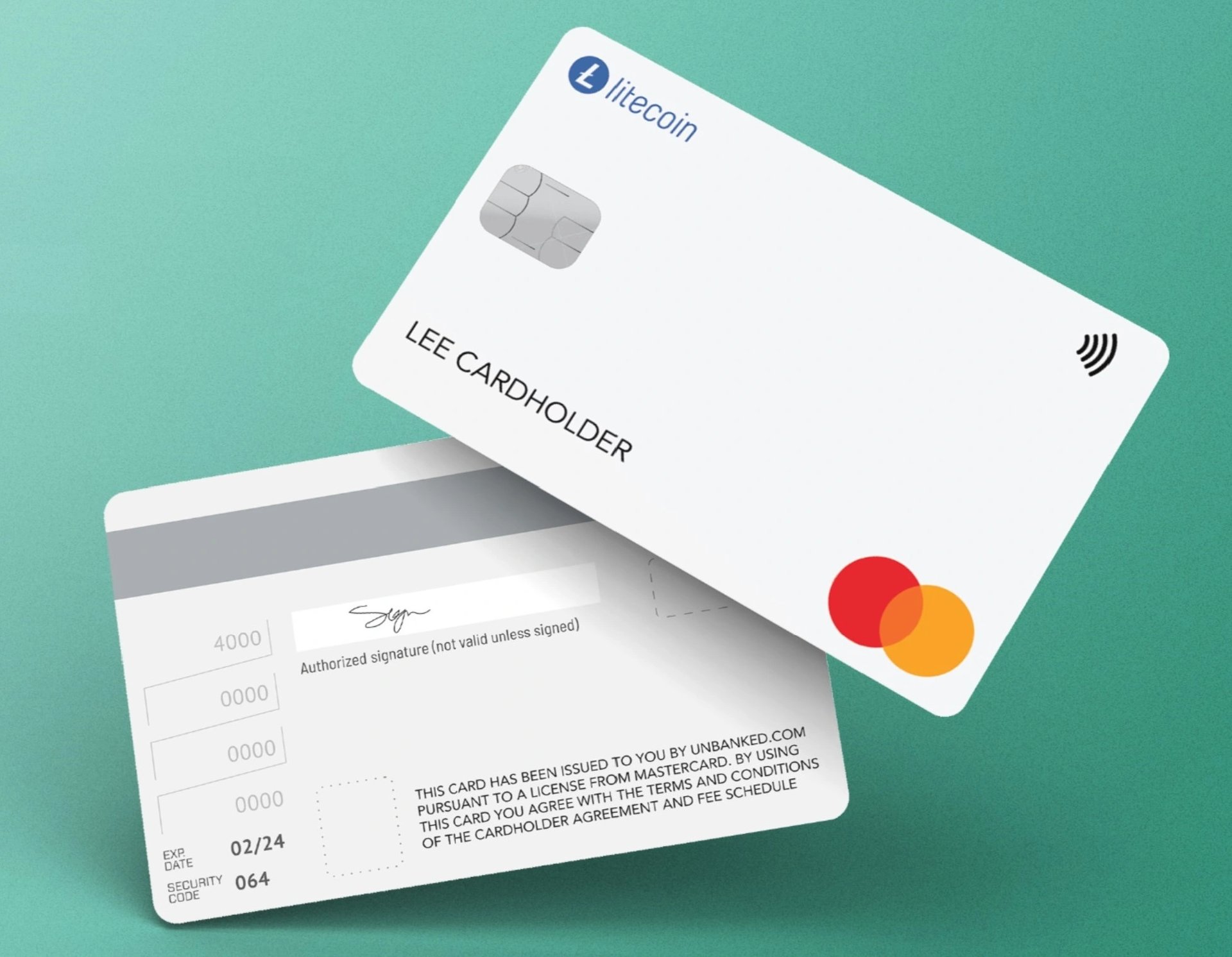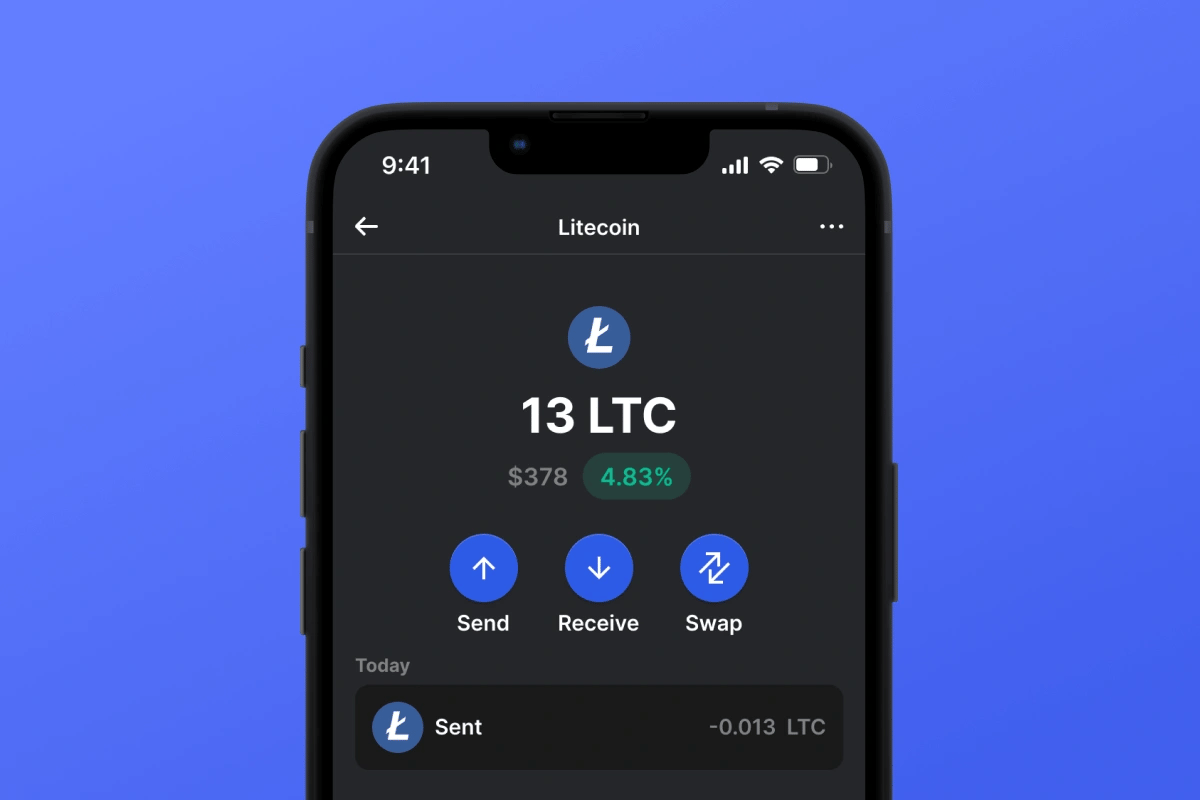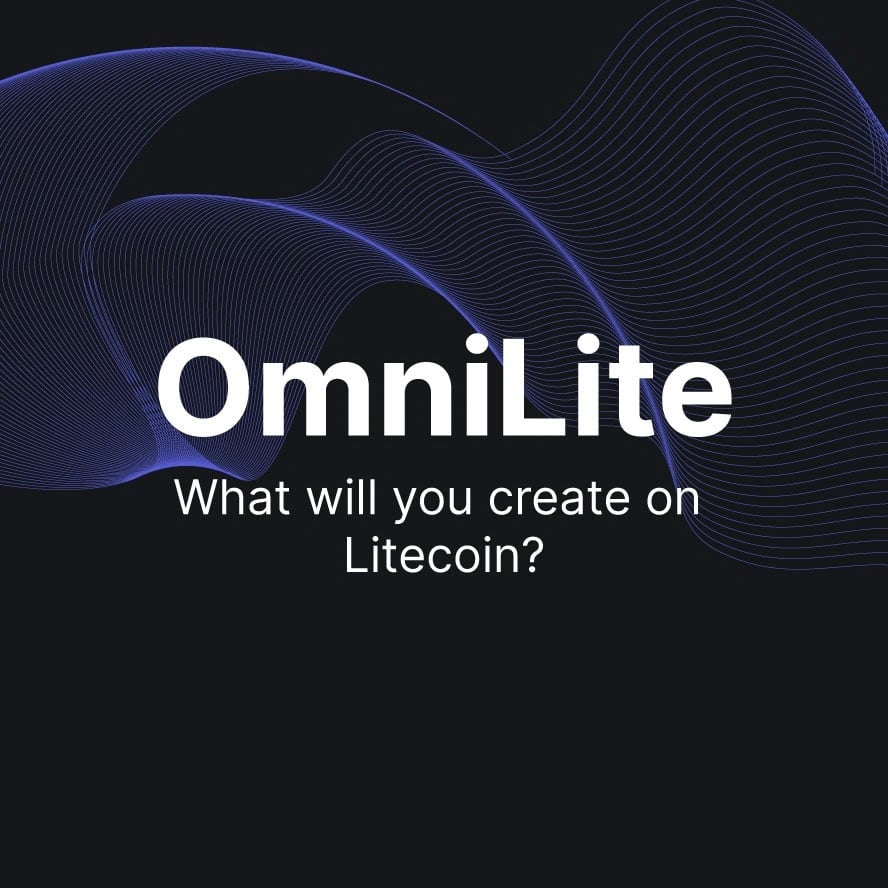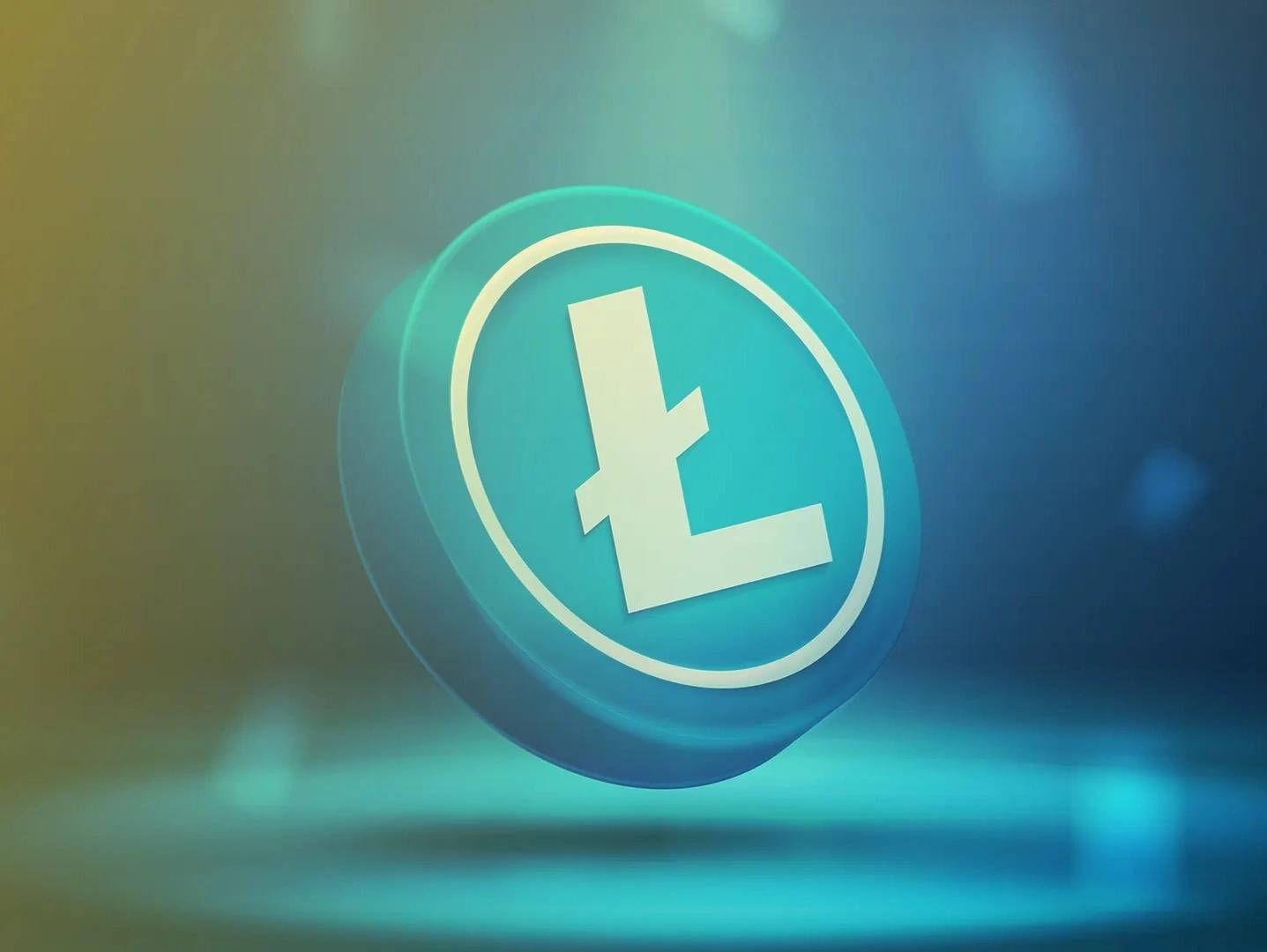Subscribe to wiki
Share wiki
Bookmark
Litecoin
The Agent Tokenization Platform (ATP):Build autonomous agents with the Agent Development Kit (ADK)
Litecoin
Litecoin is a peer-to-peer cryptocurrency and open-source software project created in 2011 by Charles Lee. It is intended to be a lighter version of Bitcoin, with a few technical differences and a faster confirmation time. It operates on a peer-to-peer network and utilizes a proof-of-work consensus algorithm. [1]
Overview
Litecoin is a peer-to-peer cryptocurrency created by Charlie Lee as a faster and more accessible alternative to Bitcoin. Built on the Bitcoin protocol, it differentiates itself through its use of the memory-intensive Scrypt hashing algorithm, which was initially designed to enable mining with consumer-grade hardware like GPUs. Litecoin processes blocks every 2.5 minutes—four times faster than Bitcoin—and has a maximum supply of 84 million coins, also four times greater. These features allow quicker transaction confirmations and greater volume capacity, making Litecoin more suitable for everyday use. Its design discourages dominance by large mining firms, supporting a more decentralized network. As one of the earliest and most influential altcoins, Litecoin has inspired projects like Dogecoin and continues to play a significant role in the crypto ecosystem. [1]
History
Litecoin was released via an open-source client on GitHub on October 7, 2011, by Charlie Lee, a former Google employee. The Litecoin network went live on October 13, 2011. It was a fork of the Bitcoin Core client, differing primarily by having a decreased block generation time (2.5 minutes), the increased maximum number of coins (84 million vs. 21 million for Bitcoin Core), a different hashing algorithm (scrypt, instead of SHA-256), and a slightly modified GUI.
In May 2017, Litecoin became the first of the top-5 (by market cap) cryptocurrencies to adopt Segregated Witness. Later in May of the same year, the first Lightning Network transaction was completed through Litecoin, transferring 0.00000001 LTC from Zürich to San Francisco in under one second. [1] [3]
Features
Litecoin Hashing Algorithm
Litecoin utilizes a hashing algorithm called Scrypt, which is utilized in the mining process. Litecoin operates on the proof-of-work consensus mechanism, where it is required to find a nonce value, so when a candidate block header is hashed, the result will be equal to or less than the target. The target represents the difficulty level for a miner to create a valid block. A lower target means it's harder for a miner to generate a block, while a higher target is easier. The target adjusts automatically in Litecoin to ensure that a miner produces a successful block every 2.5 minutes, which is the block generation time of Litecoin. [10]
Mining
Litecoin was released with 150 pre-mined coins and has a total supply of 84 million. The cryptocurrency’s blockchain generates a new block every 2.5 minutes. It is estimated that it will take over a century for all of the Litecoin that will ever be created to be mined due to the block reward halving schedule, where the number of tokens mined per block decreases every four years. It is estimated to reach full dilution around the year 2140. [3]
Litecoin Halving
Halving refers to reducing the reward given when a block's hash and the transaction information within the block are validated and a new block is created. Halving reduces the number of Litecoins awarded by one-half, which helps slow the creation of new coins. Halving dates for LTC: [16]
- Aug. 25, 2015: 50 to 25 LTCs
- Aug. 5, 2019: 25 to 12.5 LTCs
- Aug. 23, 2023: 12.5 to 6.25 LTCs
- Mid-2027 (expected): 6.25 to 3.125
Open Source
Litecoin is an open-source software project released under the MIT/X11 license, allowing users to run, modify, copy, and distribute the software. The release process of this software is transparent, enabling independent verification of both the binaries and the corresponding source code. [3]
Lightning Network Integration
Litecoin was the first cryptocurrency to implement the Lightning Network in 2018, adopting this second-layer scaling solution to enable faster and cheaper transactions. Originally proposed by Thaddeus Dryja and Joseph Poon in 2015, the Lightning Network uses smart contracts to create off-chain payment channels between parties, allowing them to conduct multiple micropayments without broadcasting each transaction to the main blockchain. This reduces fees and confirmation times while easing the workload on the base layer. Transactions occur in multi-signature channels where both parties must agree to updated balances, and the final settlement is recorded on-chain only when the channel is closed. Litecoin’s integration with the Lightning Network supports a scalable, non-custodial payment environment that improves transaction efficiency and opens up new use cases beyond what traditional systems offer. [11] [12]
MimbleWimble Upgrade
Litecoin’s MimbleWimble upgrade, implemented on May 19, 2022, introduced enhanced privacy and scalability features through an opt-in system known as MimbleWimble Extension Blocks (MWEB). Originally proposed in 2019 via a Litecoin Improvement Proposal, the upgrade allows users to conduct more private transactions by combining inputs and outputs into a single transfer, minimizing visible transaction data on the blockchain. It also reduces block size by removing unnecessary data, improving overall efficiency. While MWEB strengthens user privacy, it has faced regulatory pushback in jurisdictions with strict anti-money laundering rules. In response, several South Korean exchanges delisted Litecoin due to its added anonymity features. [3] [4]
The Litecoin Foundation
The Litecoin Foundation is a community-driven non-profit based in Singapore, working towards increasing the adoption, education, and development of Litecoin. The Foundation strives to further its global reach and impact through its network of full-time employees and volunteers. [5]
Litecoin Summit
The Litecoin Summit is an annual event organized by the Litecoin Foundation. The gathering seeks to bring together the world's leading innovators, experts, key players, and members of the Litecoin community. [18]
2018
The Litecoin Summit 2018, the first official event for Litecoin, took place on September 14-15, 2018, at the South San Francisco Conference Center. The summit provided a platform for companies to showcase their products or make brand announcements to many attendees, who had the opportunity to network and interact with LTC users, developers, and industry leaders. The event aimed to introduce new products to the cryptocurrency market to help drive the adoption of cryptocurrencies in everyday transactions. The two-day event was organized by the Litecoin Foundation and was attended by many blockchain projects. Charlie Lee delivered the keynote speech, along with Elizabeth Stark, CEO of Lightning Labs, and Diego Gutierrez Zaldivar, CEO of RSK Labs. [6] [7]
2019
The second Litecoin Summit was hosted by the Singapore-based Litecoin Foundation and held during the Vegas Blockchain Week in October at the Cosmopolitan of Las Vegas. The event featured several notable speakers, including Litecoin creator Charlie Lee and Managing Director of the Foundation, as well as Franklyn Richards and Xinxi Wang, who also served as directors. [8]
This year we’ve turned everything up a notch, including our gorgeous venue, The Cosmopolitan of Las Vegas. From technical and business experts within the cryptocurrency space to entertainment, art and personal interest, the Litecoin Summit offers two fun, jam-packed days with something for everyone. - Litecoinsummit.org
2022
The third edition of the Litecoin Summit, organized by the Litecoin Foundation, took place in Las Vegas from October 21st to October 22nd in 2022. The aim of the summit was to bring together the top innovators, thought leaders, decision-makers, and members of the global Litecoin community. During the two-day event, attendees could network and participate in discussions about industry developments, public policy issues, and technical innovations. Blockleaders was the main media partner for the event, with additional sponsorship from LTCLabs, CryptoTaxAudit, Ballet, Cake Wallet, LOKOTech, GetHedge, StormX, Liteverse, and CoinVigilante. [9]

2025
The Litecoin Summit 2025 will take place May 29–30 at Harrah’s Hotel in Las Vegas, bringing together developers, investors, and blockchain professionals to explore developments in Litecoin and the broader crypto landscape. Kicking off with remarks from Marty Simpson and Lee, the event will feature technical presentations on projects like Nexus and BasicswapDex and talks on personal security, merged mining, ETFs, and self-custody tools. Key speakers include Loshan, Jameson Lopp, Wei Zhou, Sandy Carter, and Sonny Singh. A special lunch session will spotlight women in Web3 and AI, while later panels will cover topics such as crypto indices and vault infrastructure. The agenda also includes a fireside chat and a potential product announcement, and it will conclude with a keynote from John D’Agostino and Richard Jackson. [17]
Litecoin Card

The Litecoin Card allows users to utilize Litecoin and other cryptocurrencies. Users can register, pass the Know Your Customer standards, and get a virtual card issued to utilize the debit card while the physical one is delivered. As of 2023, the card is available in the United States, the UK, and 26 other countries in the EEA. The project has partnered with major payment systems such as Visa and Mastercard. [11][13]
Litewallet

Litewallet is a free app that allows users to send and receive LTC easily. The project is a result of the volunteering of Litecoin Foundation members, including Kerry Washington, the Software Developer and Projects Coordinator at Litecoin Foundation. [14]
Kerry joined the Litecoin Foundation in 2017 working on various projects and started the process of fixing bugs on Loafwallet in his spare time. He and I have worked closely over the years improving Litewallet user experience and making it easy & simple for people to buy, transfer and use Litecoin across the globe. Today, the Litewallet team has grown to over 6 volunteers in 5 time zones. We are excited to bring even better features with each release! - Charlie Lee
Omnilite

Omnilite is an open-source platform where tokens and digital assets, like NFTs, can be created. It is a protocol layered on Litecoin’s blockchain, and offers advantages such as integrity, security, scalability, and low fees. The tokens created on this layer are considered part of Litecoin. Therefore, all transactions are recorded on Litecoin’s blockchain. [11] [15]
See something wrong?
The Agent Tokenization Platform (ATP):Build autonomous agents with the Agent Development Kit (ADK)
